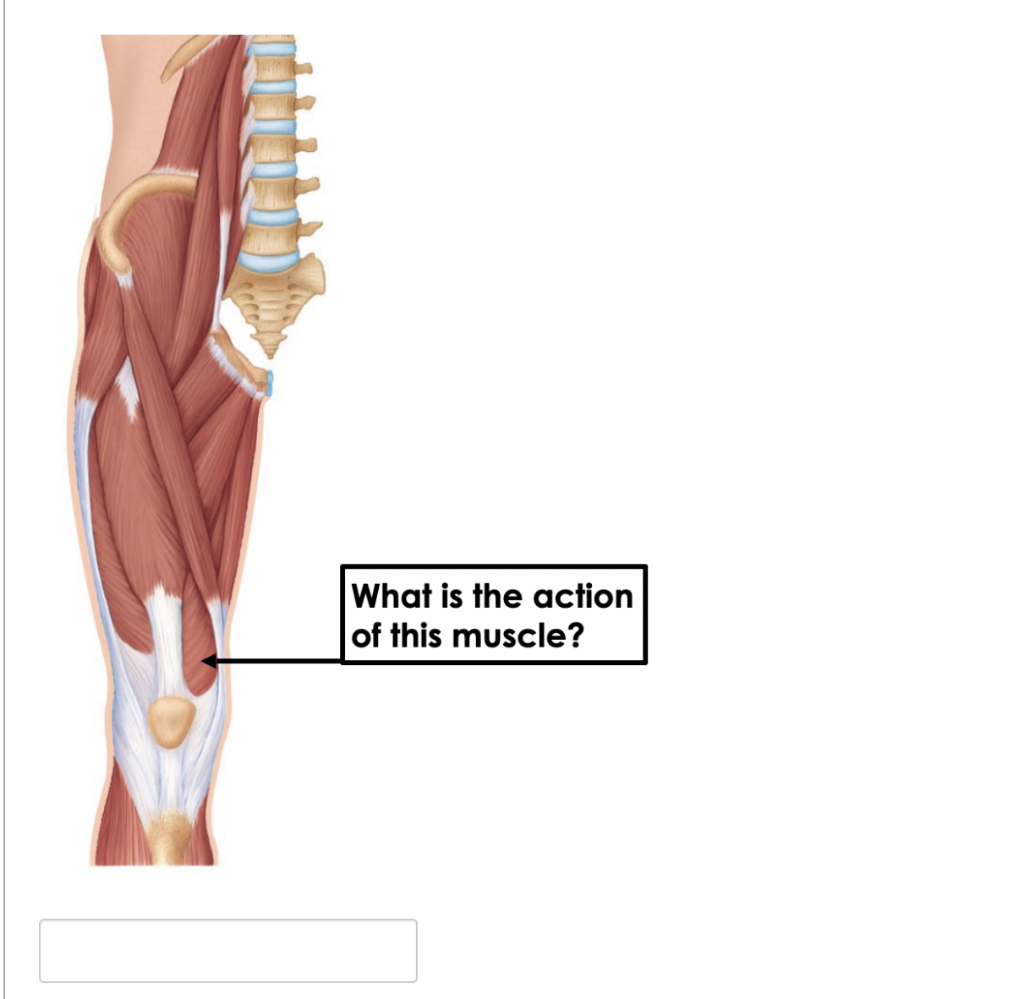
The intricate domain of muscle actions encompasses a plethora of terminologies and concepts that elucidate how muscles function within the human body. However, a thorough understanding of this subject matter demands clarity, particularly when it involves distinguishing accurate descriptions from misconceptions. This article delineates various aspects of muscle actions, ultimately guiding readers to identify which descriptions may be misleading or incorrect.
Understanding Muscle Actions
Muscles facilitate movement through contractions, which can be categorized into several distinct types: concentric, eccentric, and isometric actions. A comprehensive grasp of these muscle actions is crucial for anyone studying biomechanics, sports science, or physical therapy.
- Concentric Contraction: This occurs when a muscle shortens while generating force, typically as it overcomes resistance. An exemplification of concentric contraction can be observed in a bicep curl during the lifting phase, when the biceps brachii shortens to elevate the forearm.
- Eccentric Contraction: In contrast to concentric contraction, an eccentric contraction entails the lengthening of a muscle while still generating force. This action is pivotal for movements that require controlled deceleration, such as lowering a weight during a bicep curl, wherein the bicep elongates while maintaining tension.
- Isometric Contraction: This type of contraction occurs when a muscle generates force without changing its length. An example is a plank position, where the muscles engage to stabilize the body despite no visible movement.
While these definitions might seem straightforward, individuals often misconstrue the specifics of muscle actions within various contexts.
Common Misconceptions About Muscle Actions
Identifying incorrect descriptions of muscle actions necessitates awareness of prevalent misconceptions. Some descriptions might lack clarity or omit essential context, leading to an incomplete understanding of muscle behavior.
- Misunderstanding Simple Actions: For instance, stating that all muscle contractions cause movement in the same direction is misleading. In actual fact, muscle actions depend heavily on their anatomical placement and the joints they influence. For example, although the quadriceps muscle group extends the knee, it does not immediately infer hip extension, which is often misrepresented.
- Overgeneralizing Muscle Groups: Another misleading assertion encompasses overgeneralizing the actions of muscle groups. It is erroneous to claim, “all muscles contract to lift weights,” as different muscles have various roles during weightlifting. In reality, muscles stabilize, lift, and control movement in a nuanced interaction that is often ignored.
- Assuming Static Equivalence: One might incorrectly envision isometric contractions as static and devoid of function. Although there is no visible movement, isometric actions facilitate essential stability and postural control during dynamic activities, which is frequently undersold in simplistic explanations.
Implications of Incorrect Muscle Action Descriptions
The ramifications of espousing inaccurate descriptions can be substantial, particularly in disciplines like physical rehabilitation, strength training, and kinesiology. Misguided advice could lead to improper exercise techniques, increasing the risk of injury.
- Physical Rehabilitation: In rehabilitation contexts, a misunderstanding of muscle actions can hinder patient recovery. For example, if a therapist erroneously instructs a patient to perform concentric strengthening exercises when eccentric loading would be more beneficial, the patient may experience delayed recovery or even exacerbate their injury.
- Strength Training: Athletes and coach practitioners need an accurate understanding of muscle actions to devise effective training regimens. Inaccurate descriptions can lead to inefficient workouts, where individuals focus on benefits derived from incorrect muscle actions, impeding overall progress.
- Kinesiology and Biomechanics Research: In academic spheres, misinterpretations can result in erroneous data collection or analysis. If researchers base their studies on flawed definitions of muscle actions, findings can be skewed, affecting broader applications in the fields of health and fitness.
Improving Knowledge of Muscle Actions
To combat misconceptions surrounding muscle actions, individuals can adopt several strategies:
- Engagement with Scholarly Literature: Actively reviewing peer-reviewed articles and textbooks penned by experts can enhance understanding of muscle actions and their detailed mechanisms.
- Practical Application: Observing and participating in varied physical activities can elucidate real-world applications of muscle actions. Understanding movement patterns fosters an appreciation for the complexity involved in muscle coordination.
- Consultation with Professionals: Seeking guidance from physiotherapists or certified trainers provides invaluable insights. Their expertise can clarify specific actions and appropriate contextual understanding.
Conclusion
In summary, understanding the intricacies of muscle actions is fundamental for those engaged in health, fitness, and rehabilitation. Identifying incorrect descriptions of muscle actions not only benefits individual comprehension but fosters overall engagement with movement science. By cultivating knowledge and clarity around muscle actions, one can achieve enhanced performance, safety, and recovery in both athletic and everyday contexts.
